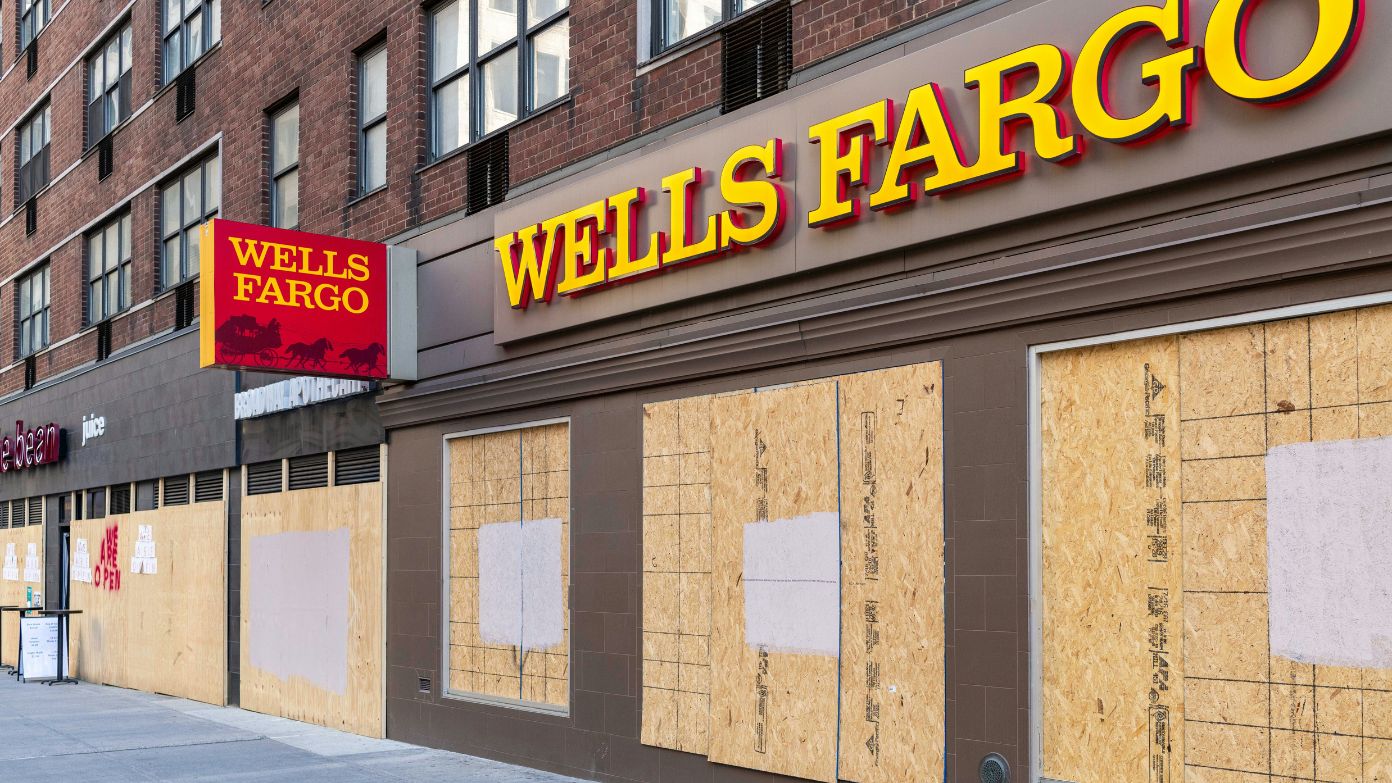There is a bad news recently in public specifically for many Wells Fargo customers. The thing is there is a major change coming this October that will raise the monthly fee on their “Everyday Checking” accounts. If you are one of those customers with this type of accounts, this change could affect you, here’s what I know about this recent changes.
What’s changing and when
Currently, if you have a Wells Fargo’s Everyday Checking account, you are expected to pay a $10 monthly service fee, unless you meet certain criteria to get this fee waived.
However, starting this November (2025), specifically on the 29th, the fee for fee periods beginning on or after that date will increase to $15 per month.
But there’s a lead-up period, and that means beginning October 25, 2025, there are new rules that will go into effect that change how you can avoid this fee.
Recommended:
Bank of America shutters another 56 branches after closing over 150 last year
Here is how you can avoid the new $15 fee
Wells Fargo is giving its customers, including you (if you have an “Everyday Checking account”), updated options that can help you escape paying this new fee. Nevertheless, only one of these must apply in a fee period:
- Make $500 or more in qualifying electronic direct deposits
- Maintain a minimum daily balance of $1,500 (up from $500)
- Be aged 17 to 24, which still qualifies for a waiver under the new rules
- Have a qualifying non-civilian military direct deposit via Wells Fargo’s Worldwide Military Banking program
- Keep $5,000 or more in qualifying deposit and/or investment balances on the last day of each fee period
So basically, If you are able to meet even one of these, you will not be charged $15 for that fee period.
Why is this a big change for many customers
Now this new development seem to be somewhat big to many affected customers and here is a breakdown of the reasons:
- The balance requirement jump is steep: from $500 to $1,500, which many everyday customers may struggle to maintain.
- The new $5,000 balance or investment threshold is an entirely fresh bar for waiver eligibility.
- If you do not meet any waiver condition, the extra $5 per month adds up — $60 a year extra for a fee many were already trying to avoid.
- Some users who were comfortable under the old rules may find themselves suddenly subject to the fee if they do not adjust.
Recommended:
If you invested $1,000 in Bank of America 10 years ago, here’s how much you would have today
What should you do right now, especially if you are affected
So here is what I think you should do if you are one of the customers affected:
- Check your current pattern — Do you already make $500 in direct deposits or maintain $500 balances?
- Adjust before October 25 — Try to route more deposits or boost balances so you will qualify under the new rules.
- Review your investments — If you have extra assets, see whether shifting some balances into qualifying accounts could help you meet the $5,000 requirement.
- Consider alternatives — If the new rules are too difficult for you, see if another bank or account type offers lower fees or easier waiver criteria.
- Watch your statements — On or after November 29, monitor your account carefully to ensure the new fee is only applied when appropriate.
Recommended:
Beloved Mexican chain vows to keep doors open despite bankruptcy

